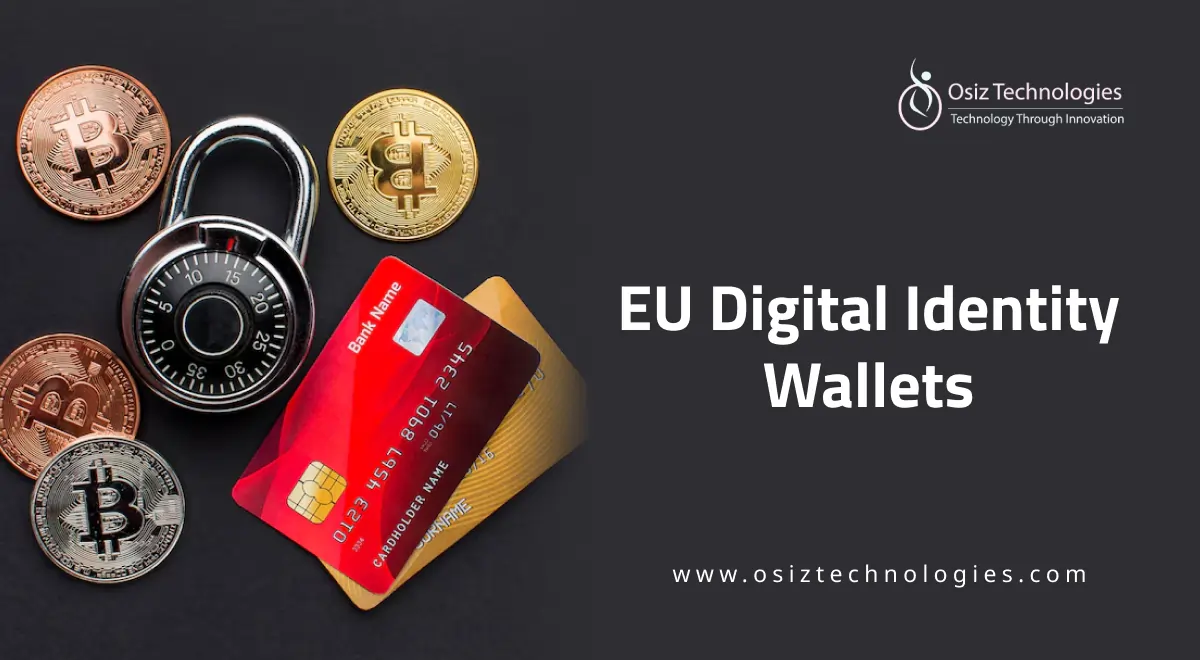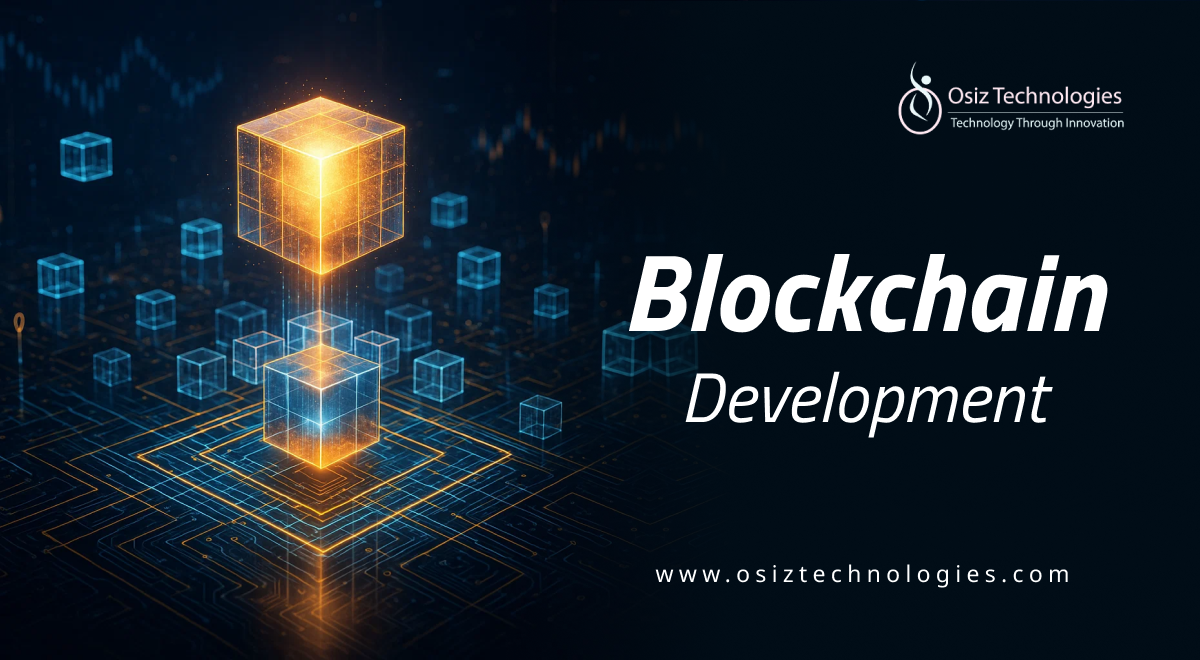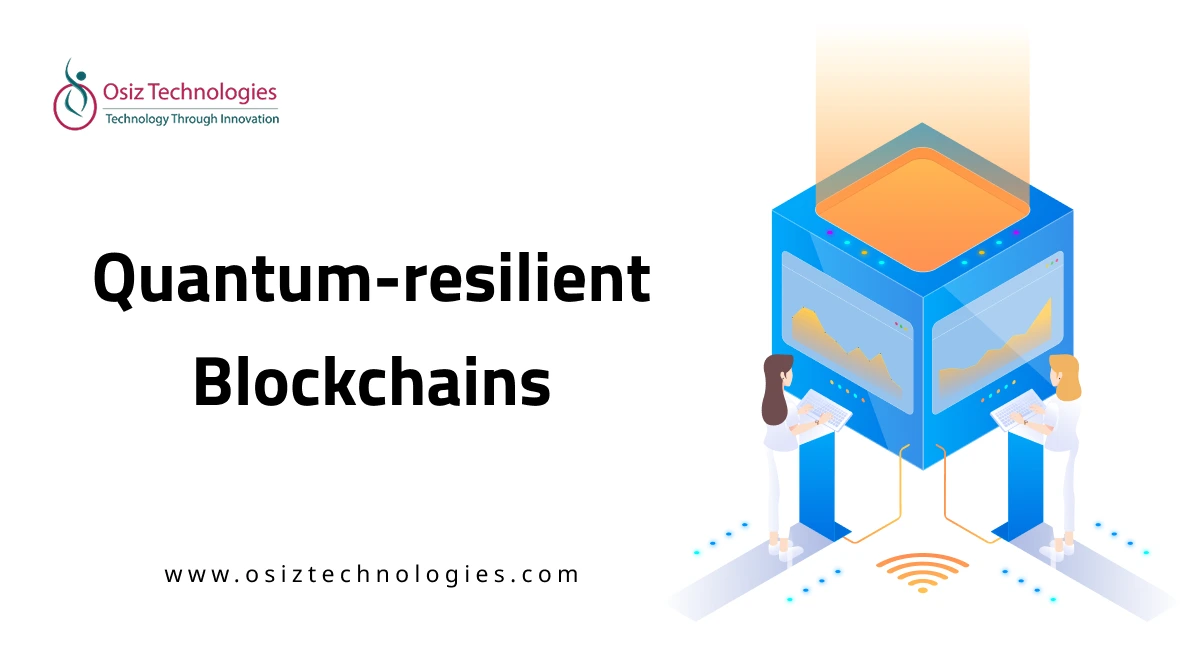The Europe is creating a single system for EU citizens to access services, both government and private. Instead of juggling many logins, people can use one digital identity wallet to verify who they are. This covers things like renting a car in Italy or getting medical care in Germany. It makes authentication secure, private, and works across borders. It also sets the stage for a user-controlled identity system.
What Exactly is an EU Digital Identity Wallet?
The EU Digital Identity Wallet is a secure, government-supported digital solution that lets EU citizens, residents, and businesses store, manage, and share personal and professional information across EU countries. It facilitates access to both public and private online services, verifies user identity, enables storage of digital documents such as driver’s licenses and academic certificates, and supports legally valid electronic signatures, always keeping users in full control of their data and privacy.
The Core of It All: Self-Sovereign Identity (SSI) Explained Simply
Digital ID Wallets put you in charge of your data through Self-Sovereign Identity (SSI). SSI means you don't need central databases or others to check who you are, keeping your data private. Using Decentralized Identity, only you can handle your personal info. This keeps identity checks open, secure from tampering, and follows EU rules like GDPR. As SSI gets better, it shapes how european digital identity work safely and well in Europe.
How EU Digital Identity Wallets Work?
Issuance
A source you trust, like a government or bank, gives you digital proof of who you are and stores it safely in your EU Identity Wallet. These proofs are signed using special codes to show they're real.
Storage (Holder Control)
Your Digital Identity Wallet safely keeps all these proofs, shielded by robust encryption and your fingerprint guaranteeing only you can access them. You maintain complete control over how your data is used and shared.
Presentation (Selective Sharing)
When you need to use a service, you pick which details to share, like your age or ID. The wallet makes a special code that shows only the info needed. This way, you keep your private stuff safe.
Verification (By Service Provider)
The service you’re using checks the code to make sure the proof is real. They use the original source’s digital signature to confirm everything is valid, without seeing all your info. This makes things like ID checks quick and reliable.
Revocation and Updates
These proofs are issued by trusted entities that retain the authority to update or cancel them at any time. Your wallet is designed to automatically sync with the latest version of the proof, ensuring you always have access to current and accurate information.
The Tech Behind the Wallets
Zero-Knowledge Proofs (ZKPs): Proof Without Showing All Your Cards
Zero-Knowledge Proofs let people check facts without giving away private info. For example, you can prove you're old enough to do something without sharing your birthday or ID. This keeps your data safe while still making sure everyone trusts the system.
Blockchain + DIDs: The Trust Layer You Don't See
When you put blockchain tech together with Decentralized Identifiers (DIDs), you get a safe way to handle who people are online. Credentials are given out and checked using special computer codes on the blockchain, but no personal info is saved there. This makes sure everything is open, trustworthy, and can't be changed, no matter the country or group.
Encryption and Authentication Across Countries
Strong encryption keeps every conversation safe between the people giving out IDs, those holding them, and those checking them. Because this system fits with EU rules, people can prove who they are easily in different countries. This tech makes sure one digital wallet works safely and well everywhere in the EU.
Beyond Europe: Global Adoption of Digital Identity Wallets
The United Kingdom is launching its GOV.UK Wallet, so people can keep and share official documents like digital IDs and driver's licenses.
Down under, Australia is working on its Digital ID Wallet. They're testing better photo checks with face scanning for safer ID verification.
Italy is releasing the IT Wallet as part of the EU's Digital Identity framework. This will give people one place to access digital services both in Italy and across the EU.
Europe countries are still running big tests of the EUDI Wallet. The idea is to have a standard way to verify identities securely in all EU countries.
Tanzania is growing its digital ID program in 2025, adding biometric registration and digital IDs on phones to include more people.
Final Takeaway: One Wallet, Infinite Access
Digital identity wallet in Europe isn't just about making things easier; it's about owning your digital presence. By combining a few things, Europe is building a secure and private digital future where users are in charge. Imagine one wallet that lets you easily get into different services that’s what they’re aiming for.
At Osiz, we see this as a turning point in the digital shift worldwide. We're good at blockchain, digital identity, and wallet design, so we're on board to help systems like the EU Digital Identity Wallet get better. As the EU leads the way, Osiz is working toward a world where everyone has a digital identity that they own and control.
Listen To The Article
Recent Blogs

Black Friday 30%
Offer












